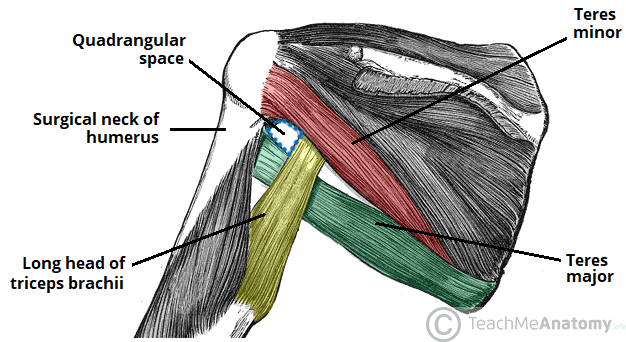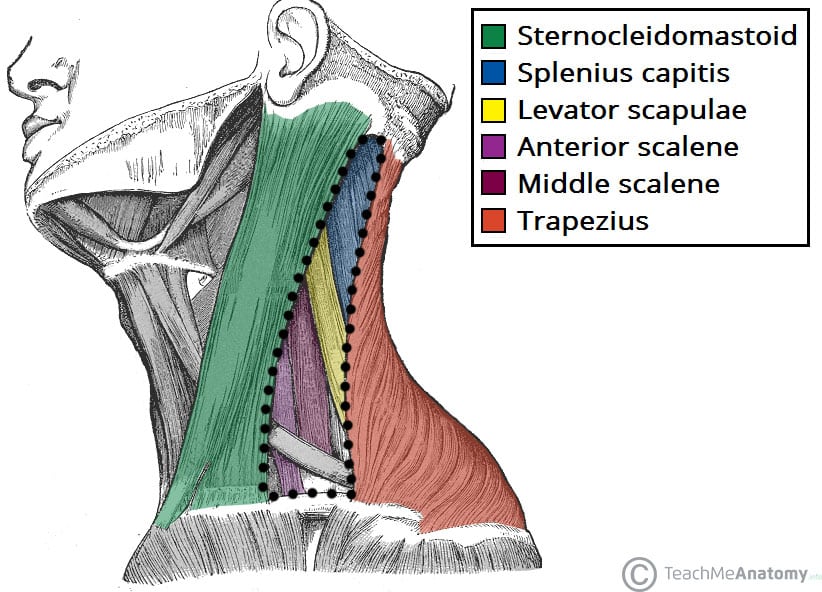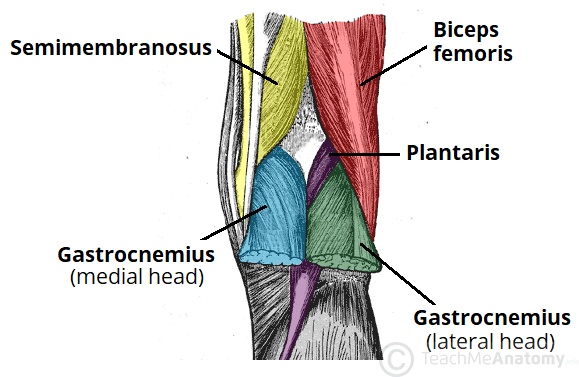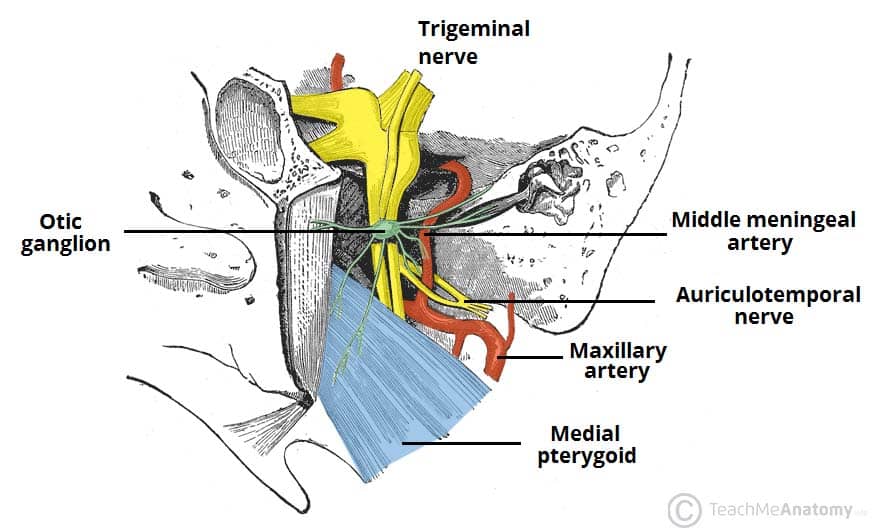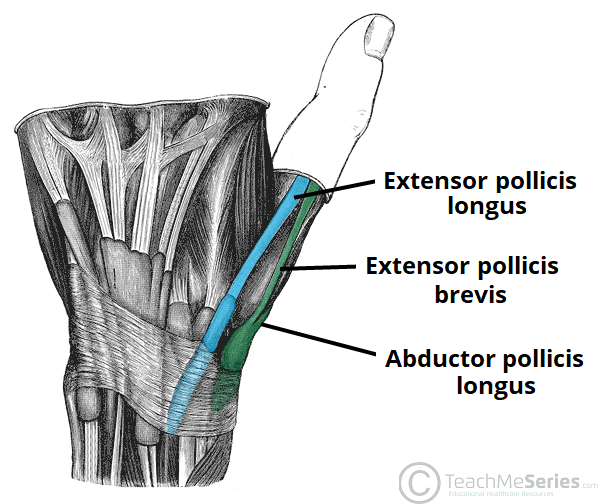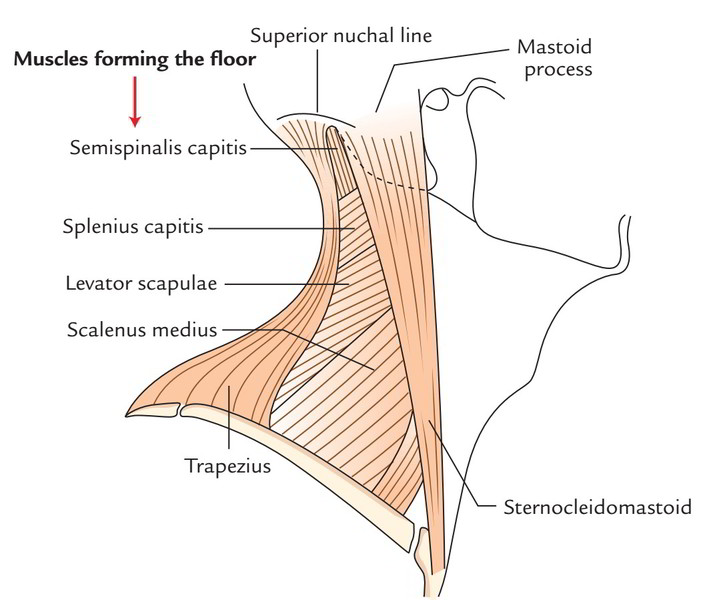Anatomy Of Axila Roof Floor

Anatomy of the pulp chamber floor paul krasner dds and henry j.
Anatomy of axila roof floor. The maxilla consists of the body and its four projections. The hollow of the armpit seen when the arm is abducted is produced mainly by the traction of this fascia on the axillary floor and hence the lamina is sometimes named the suspensory ligament of the axilla. Respiratory therapy zone 113 356 views. The axilla is the name given to an area that lies underneath the glenohumeral joint at the junction of the upper limb and the thorax it is a passageway by which neurovascular and muscular structures can enter and leave the upper limb.
The upper portion of the clavipectoral fascia the costocoracoid membrane is pierced by the cephalic vein the lateral pectoral nerve and branches of the thoracoacromial artery. The bicipital groove intertubercular groove sulcus intertubercularis is a deep groove on the humerus that separates the greater tubercle from the lesser tubercle the bicipital groove lodges the long tendon of the biceps brachii between the tendon of the pectoralis major on the lateral lip and the tendon of the teres major on the medial lip. In this article we shall examine the anatomy of the axilla the borders contents and any clinical correlations. The fascia extends from the lower border of the pectoralis minor to become continuous with the axillary fascia in the floor of the axilla.
This is espe cially true when the tooth being treated is heavily restored malposed or calcified. The body of the maxilla is the largest part of the bone and shaped like a pyramid it contributes to the anterior margin and floor of the bony orbit the anterior wall of the nasal cavity and the inferior part of the infratemporal fossa. Within the roof runs the median cubital vein which can be accessed for venepuncture see clinical relevance below. How does pulse oximetry work.
At the lower part of the thoracic region the deep fascia is well developed and is continuous with the fibrous sheaths of the recti. The floor of the cubital fossa is formed proximally by the brachialis and distally by the supinator muscle. In humans the formation of body odor happens mostly in the armpit. However this is a controversial.
The roof consists of skin and fascia and is reinforced by the bicipital aponeurosis. Pulse oximeter how to use. Respiratory therapy zone duration. Rankow dds locating the number and position of orifices on pulp chamber floors can be difficult.
It also transmits a branch of the anterior humeral.



